I am rebuilding a NiMH battery pack for a RF remote control device which can be recharged by plugging the device in.
The battery pack is connected with three wires:
- black to the negative
- red to the positive
- BLUE through a mysterious discrete component to the negative
The component in line with the blue wire looks a bit like a glass-body diode but my multimeter cannot measure a diode voltage. (It measures infinity, not zero, if this helps.)
However, I can measure about 11.5 kOhm across the component in both directions.
Can anybody enlighten me, what this component is likely to be? I would like to verify that the component is still functional because it is unclear whether or not the device still charges properly.


